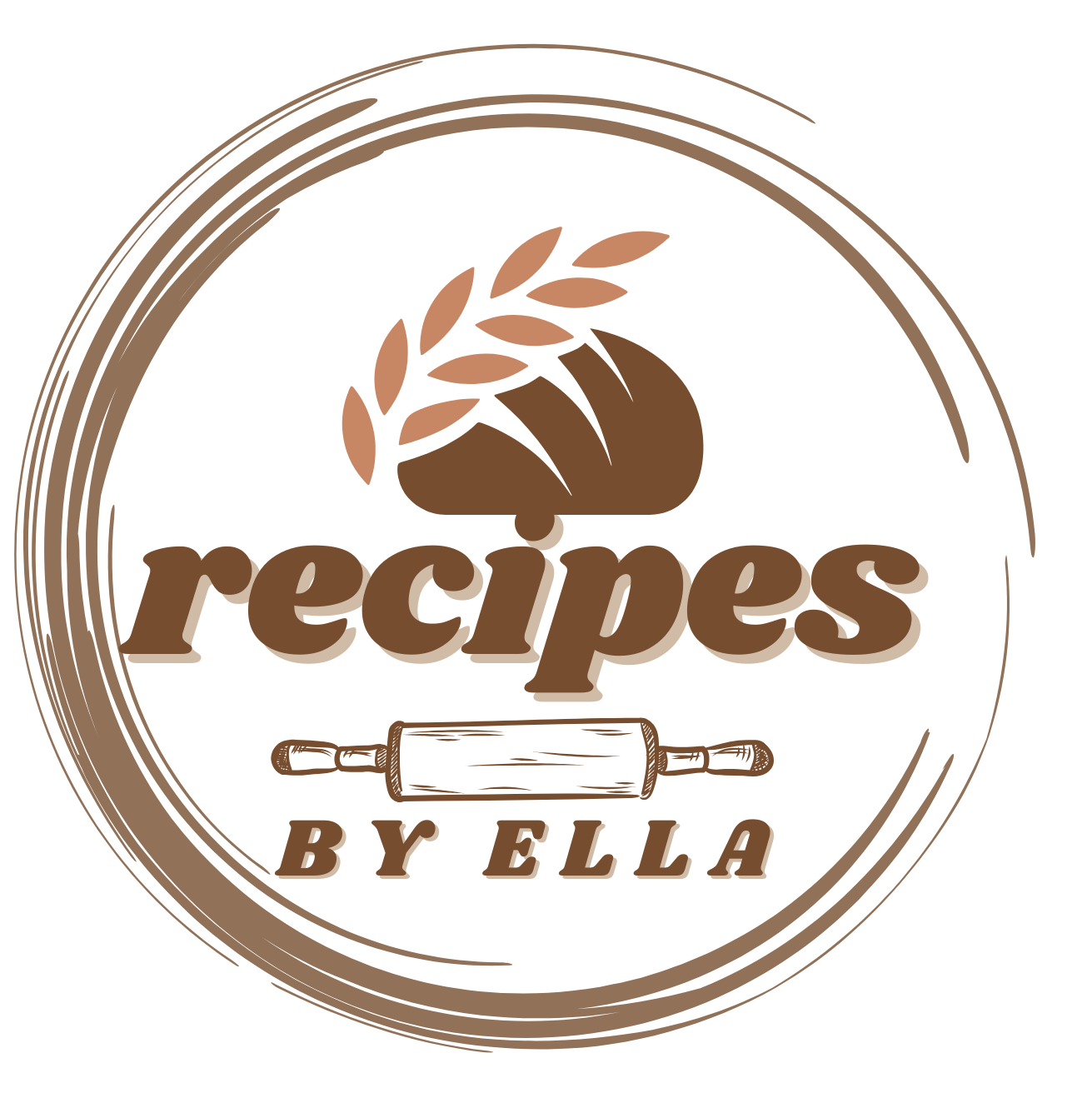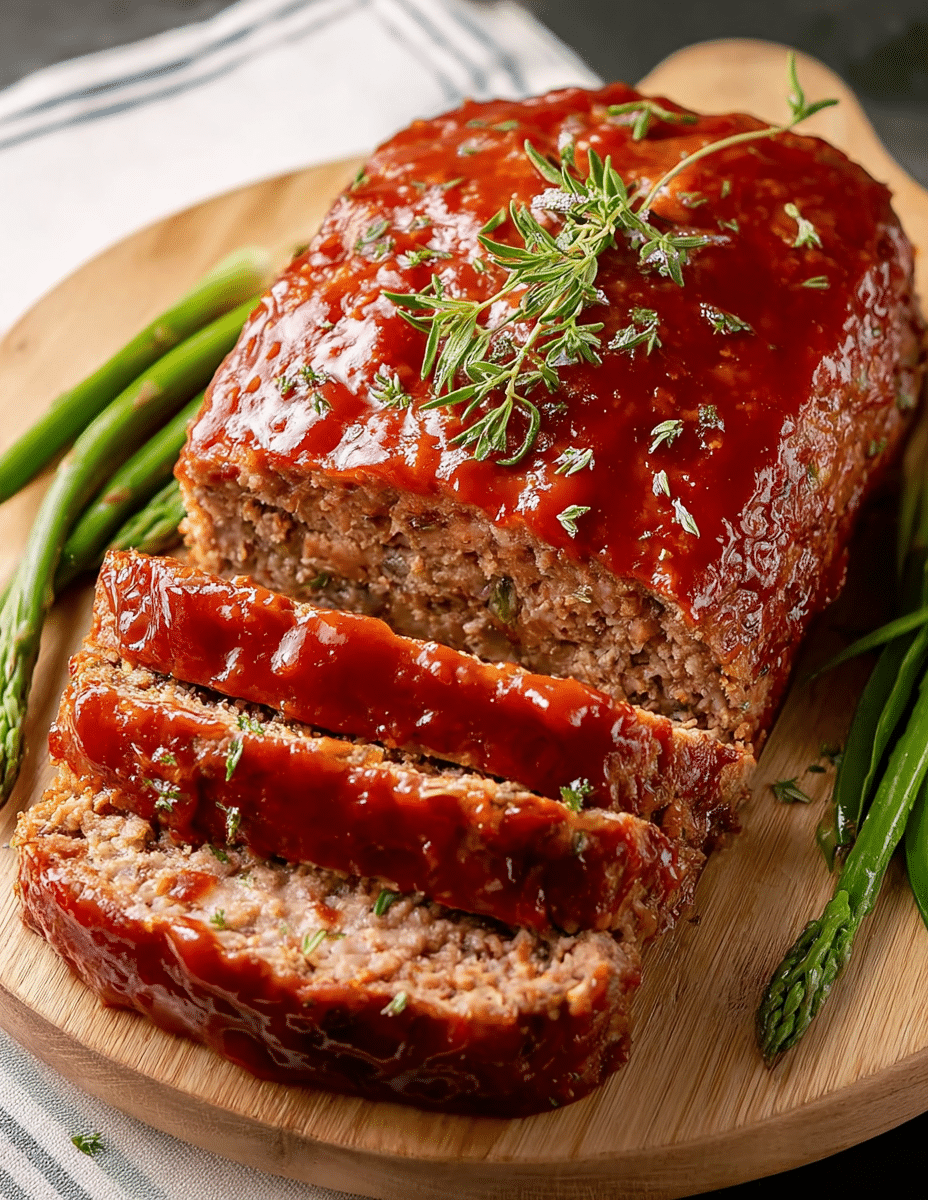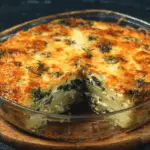This classic meatloaf recipe is a cherished family favorite, known for its tender texture and savory flavor. Made with ground beef, fresh breadcrumbs soaked in milk, and topped with a tangy ketchup glaze, it’s the perfect comfort food for any family dinner.
Ingredients
For the Meatloaf:
-
1½ pounds ground beef (80% lean)
-
½ cup finely chopped onion
-
½ cup fresh breadcrumbs (from soft white or Italian bread)
-
½ cup whole milk
-
2 large eggs, beaten
-
1 teaspoon salt
-
½ teaspoon black pepper
For the Glaze:
-
½ cup ketchup
-
2 tablespoons brown sugar
-
1 teaspoon Dijon mustard
Directions
-
Preheat the Oven:
Set oven to 350°F (175°C). Line a baking sheet or casserole dish with foil or parchment paper. -
Prepare the Meatloaf Mixture:
In a large bowl, mix ground beef, chopped onion, breadcrumbs, milk, eggs, salt, and pepper. Combine gently with hands—do not overmix. -
Shape the Meatloaf:
Place the mixture on the prepared dish and form it into a loaf about 9 inches long and 4 inches wide. -
Prepare the Glaze:
In a small bowl, whisk together ketchup, brown sugar, and Dijon mustard until smooth. -
Apply the Glaze:
Spread the glaze evenly over the top of the loaf. -
Bake:
Bake in the preheated oven for 60–70 minutes, or until internal temperature reaches 165°F (74°C). -
Rest and Serve:
Let the meatloaf rest for 10 minutes before slicing to allow the juices to redistribute.
Nutritional Information (per serving)
-
Calories: 328 kcal
-
Protein: 35g
-
Fat: 15g
-
Carbohydrates: 12g
-
Sodium: 631mg
-
Cholesterol: 147mg
-
Dietary Fiber: 1g
-
Sugars: 7g
Why We Love It: The Emotional and Culinary Appeal
So what makes classic meatloaf such an enduring favorite?
-
Nostalgia: For many, meatloaf is the taste of childhood. It evokes memories of family dinners, weeknight meals, and second helpings served with mashed potatoes and green beans.
-
Versatility: While the classic version typically includes ground beef, breadcrumbs, milk, and eggs, meatloaf is endlessly adaptable. You can swap the meat, change the glaze, stuff it with cheese, or make it spicy or sweet. It’s one of those blank-canvas recipes that allows for creativity without sacrificing comfort.
-
Affordability: Meatloaf stretches your grocery budget without compromising on taste. A pound and a half of meat can feed a family of four with leftovers to spare, especially when served with sides.
-
Meal Prep-Friendly: Meatloaf is an excellent choice for batch cooking. It stores well in the fridge and freezer, and leftovers can be repurposed into sandwiches or crumbled into pasta sauces.
Regional and Cultural Variations
Although often associated with American diners and Midwestern kitchens, meatloaf exists in many forms around the world:
-
Germany: The Falscher Hase (“fake hare”) is a traditional German meatloaf that often includes hard-boiled eggs placed in the center of the loaf before baking. It’s typically flavored with mustard and herbs.
-
Italy: Italians prepare polpettone, which can be stuffed with vegetables, cheese, or eggs and often wrapped in pancetta before baking. It’s served with tomato-based sauces, echoing the country’s love for rich, savory flavors.
-
Middle East: In regions like Lebanon, kibbeh is made from bulgur wheat and ground meat, often shaped into loaves or patties. Spices like cinnamon, allspice, and cumin give it a distinctive flavor profile.
-
Philippines: The Filipino embutido is a type of meatloaf rolled in foil and steamed rather than baked. It’s often studded with raisins, boiled eggs, or even hot dogs.
In the U.S., meatloaf varies by region. Southern versions may use barbecue sauce instead of ketchup. In New England, some recipes include maple syrup for a hint of sweetness. Health-conscious versions may substitute ground turkey or lentils, and vegetarian meatloaf has grown in popularity over the past decade.
Tips for Making the Perfect Classic Meatloaf
Even a traditional meatloaf benefits from a few well-tested tips:
-
Don’t Overmix: One of the most common mistakes is overworking the meat mixture. Doing so can lead to a dense, rubbery texture. Mix just until the ingredients are combined.
-
Soak the Breadcrumbs: Mixing breadcrumbs with milk creates a panade—a moisture-retaining binder that keeps the meatloaf tender and juicy.
-
Use a Glaze: A good glaze not only adds flavor but helps lock in moisture. A mix of ketchup, brown sugar, and mustard is classic, but you can try honey, barbecue sauce, or even sriracha for a kick.
-
Bake on a Tray: Instead of using a loaf pan, shape the meatloaf by hand on a baking sheet. This allows the edges to brown and caramelize, which adds more flavor and texture.
-
Let It Rest: After baking, let the meatloaf sit for about 10 minutes. This allows the juices to redistribute, making it easier to slice and more flavorful.
Modern Takes and Pairing Ideas
Modern meatloaf recipes often reflect contemporary tastes and dietary needs. Some popular updates include:
-
Gluten-Free Meatloaf: Substitute breadcrumbs with gluten-free oats or almond flour.
-
Low-Carb/Keto: Use pork rinds or cheese as a binder instead of breadcrumbs.
-
Plant-Based Options: Many brands now offer meatloaf made with lentils, black beans, or meat substitutes like Beyond Meat or Impossible Burger.
Classic sides like mashed potatoes, green beans, and roasted carrots are timeless, but you can also pair meatloaf with:
-
Garlic sautéed spinach or kale
-
Cauliflower mash
-
Sweet potato fries
-
Arugula salad with vinaigrette
Leftovers are incredibly versatile. Meatloaf sandwiches with pickles and mustard on toasted sourdough are a fan favorite, and leftover slices can be crumbled into sauces, tacos, or casseroles.
Conclusion: A Dish That Stands the Test of Time
The enduring popularity of classic meatloaf isn’t just about flavor—it’s about familiarity, adaptability, and the deep sense of comfort it brings. Whether you’re making it for a weeknight meal, meal prepping for the week, or introducing it to a new generation, meatloaf offers a timeless solution for the modern cook.
From its humble European beginnings to its iconic place in American home cooking, meatloaf has evolved while staying rooted in simplicity and heartiness. With a crispy glaze, moist interior, and rich history behind it, this dish continues to bring people together around the table—just as it has for generations.






